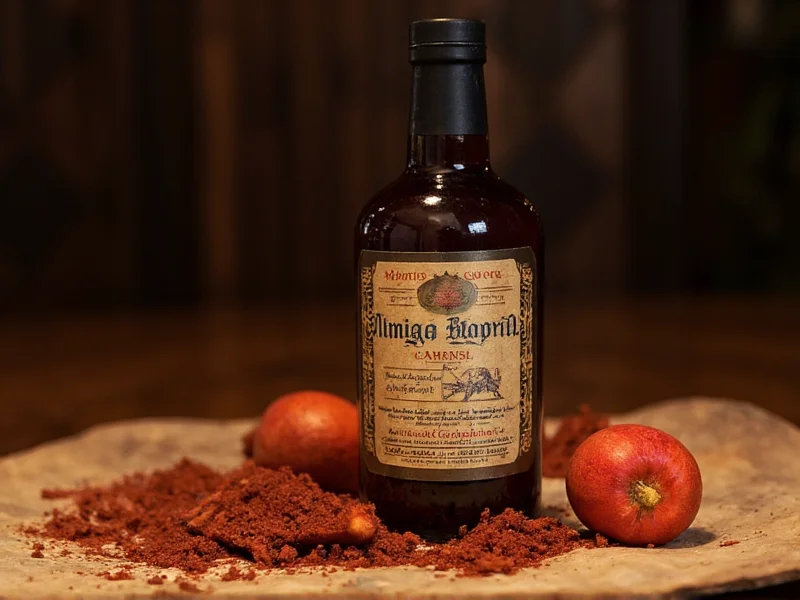Ancho peppers measure between 1,000 and 2,000 Scoville Heat Units (SHU), placing them at the mild end of the chili pepper spectrum. These dried poblano peppers offer subtle warmth without overwhelming heat, making them ideal for dishes where flavor complexity matters more than intense spiciness.
Understanding Ancho Peppers and Their Heat Profile
Ancho peppers represent the dried form of poblano peppers, a staple in Mexican cuisine. When fresh poblanos ripen to deep red and undergo drying, they transform into anchos with distinctive earthy, slightly sweet characteristics. The Scoville scale quantifies chili heat by measuring capsaicin concentration—the compound responsible for spiciness. At 1,000-2,000 SHU, ancho peppers sit comfortably in the mild category, comparable to banana peppers but significantly milder than jalapeños.
The Science Behind Scoville Measurements
Developed by pharmacist Wilbur Scoville in 1912, the Scoville Organoleptic Test originally relied on human tasters to determine heat levels. Modern high-performance liquid chromatography (HPLC) now provides precise capsaicin measurements, converted to Scoville units for consumer understanding. This scientific approach ensures accurate ancho pepper scoville rating assessments that help cooks anticipate heat levels.
Comparing Ancho Heat to Other Popular Peppers
| Pepper Variety | Scoville Heat Units | Heat Comparison to Ancho |
|---|---|---|
| Ancho (dried poblano) | 1,000-2,000 SHU | Baseline |
| Guajillo | 2,500-5,000 SHU | 2-3x hotter |
| Chipotle (smoked jalapeño) | 2,500-8,000 SHU | 3-5x hotter |
| Jalapeño (fresh) | 2,500-8,000 SHU | 3-5x hotter |
| Poblano (fresh) | 1,000-2,000 SHU | Same heat level |
| Bell Pepper | 0 SHU | No heat |
Factors Influencing Ancho Pepper Heat Variability
Several elements affect the actual heat experienced when using anchos. Growing conditions significantly impact ancho pepper heat measurement, with factors like soil composition, water availability, and sunlight exposure altering capsaicin production. The specific part of the pepper consumed matters too—seeds and inner membranes contain the highest capsaicin concentrations. Processing methods also influence perceived heat; rehydrated anchos often taste milder than when used dry in spice blends.
Culinary Applications of Mild Heat Peppers
The gentle warmth of anchos makes them exceptionally versatile in cooking. Unlike hotter peppers that dominate dishes with heat, anchos contribute complex flavor notes—smoky, raisin-like, and tobacco undertones—without overwhelming other ingredients. This characteristic explains why they're foundational in mole sauces and adobo preparations. When substituting for hotter peppers, understanding the ancho vs chipotle heat level difference is crucial; chipotles deliver significantly more heat along with their distinctive smokiness.
Practical Tips for Cooking with Ancho Peppers
For optimal flavor extraction, toast dried anchos lightly in a dry skillet before rehydrating. Remove seeds and veins if you prefer an even milder ancho pepper scoville experience. When substituting fresh poblanos for dried anchos (or vice versa), remember that drying concentrates flavors but doesn't significantly increase heat—both measure similarly on the Scoville scale. For those wondering how hot are ancho peppers in practical terms, they provide just enough warmth to notice without causing discomfort for most palates.
Common Questions About Ancho Pepper Heat
Are ancho peppers hotter than jalapeños?
No, ancho peppers are significantly milder than jalapeños. Anchos range from 1,000-2,000 Scoville units while jalapeños measure 2,500-8,000 units. Anchos provide subtle warmth compared to the noticeable heat of fresh jalapeños.
Can I substitute ancho peppers for chipotles in recipes?
Yes, but expect flavor and heat differences. While both are dried peppers, chipotles (smoked jalapeños) are 3-5 times hotter than anchos. For similar heat levels, use more ancho to compensate, but recognize you'll get earthy rather than smoky flavor notes.
Why do some ancho peppers taste hotter than others?
Natural variation occurs due to growing conditions, plant genetics, and specific part of the pepper used. Seeds and inner membranes contain most capsaicin, so peppers used with these parts intact will register higher on the ancho pepper heat scale.
Do dried ancho peppers get hotter over time?
No, properly stored dried ancho peppers maintain consistent heat levels. However, degraded quality from poor storage (exposure to light, moisture, or heat) can diminish flavor compounds while leaving capsaicin relatively stable, potentially making older peppers seem comparatively hotter.
How can I reduce the heat of ancho peppers in cooking?
Remove all seeds and inner white membranes before use, as these contain the highest capsaicin concentrations. Soaking rehydrated peppers in milk or cream can also extract some capsaicin. For milder results, use less pepper or balance with dairy, sugar, or acidic ingredients like lime juice.











 浙公网安备
33010002000092号
浙公网安备
33010002000092号 浙B2-20120091-4
浙B2-20120091-4